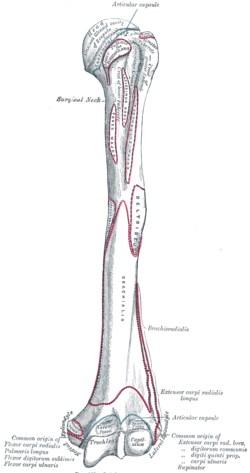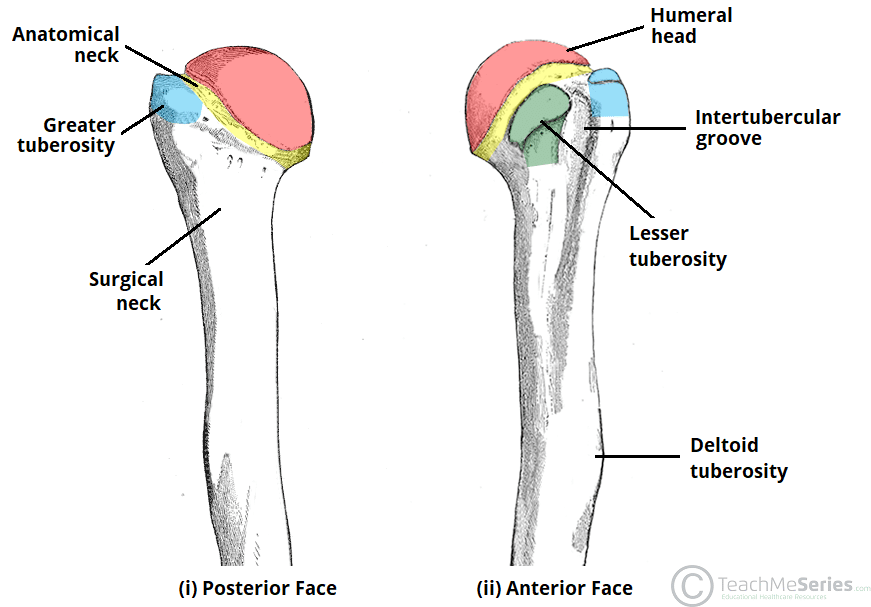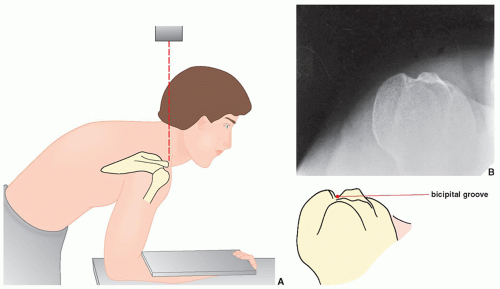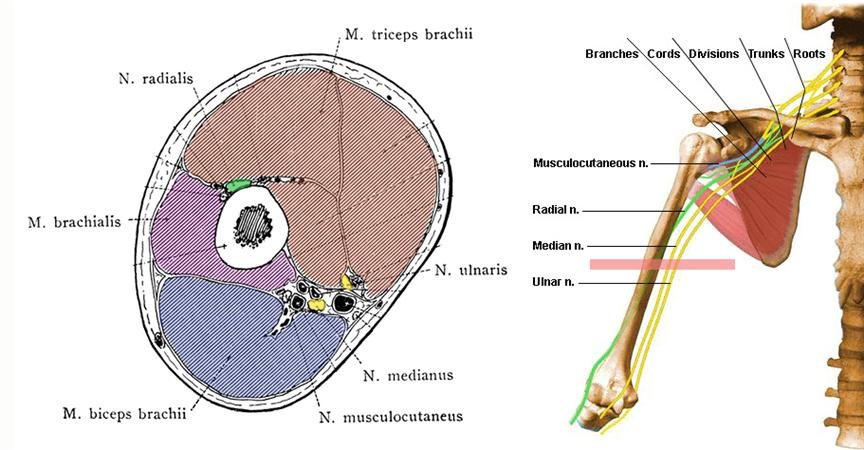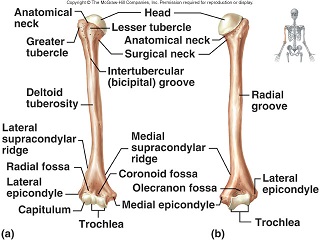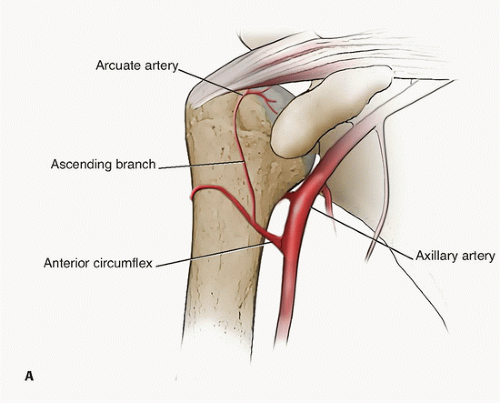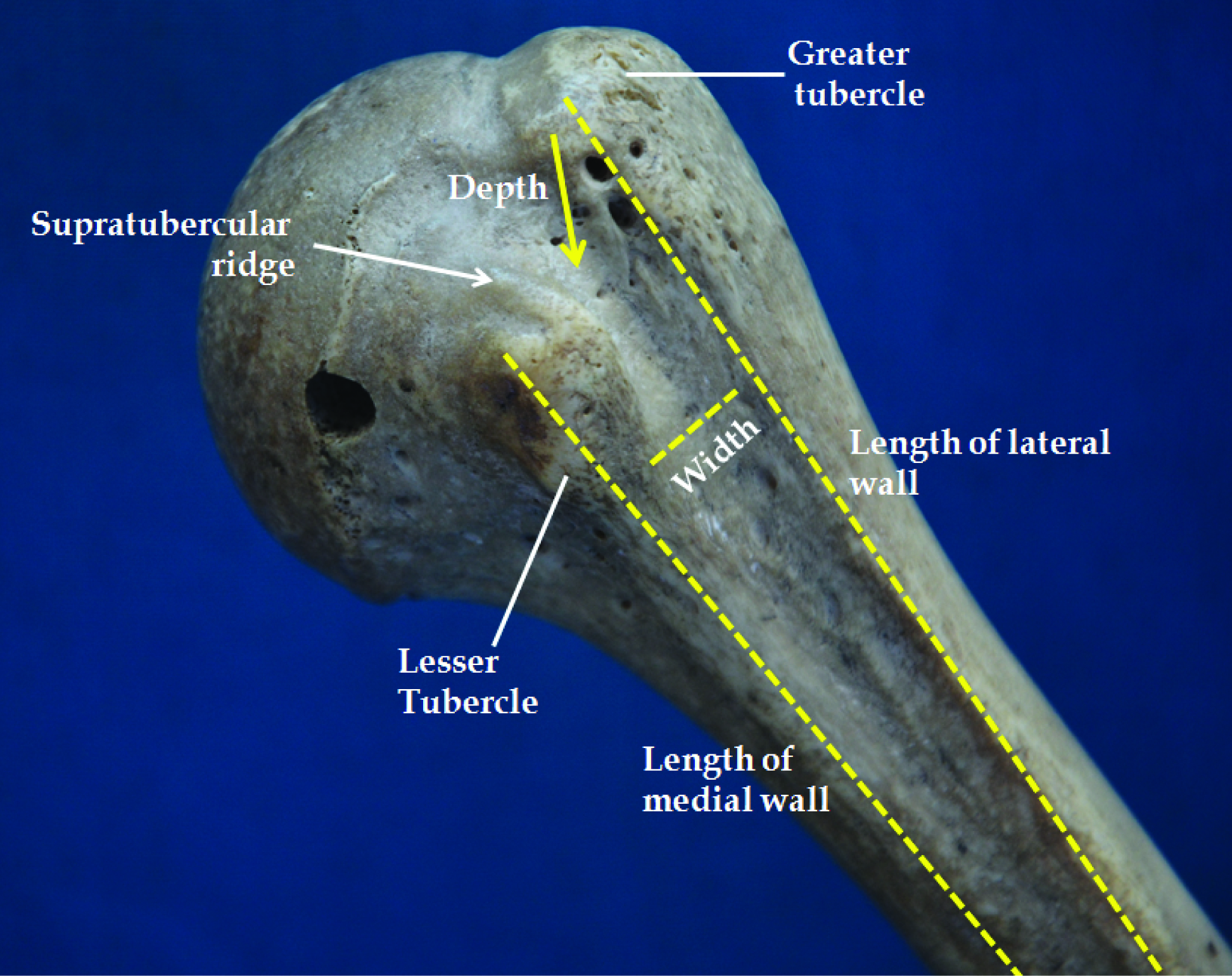The Bicipital Groove Of Humerus Can Be Demonstrated In
The objective of this study was to compare ultrasonography us and plain radiography in the evaluation of the bicipital groove of the humerus and to determine the accuracy of us in measurement of the width and depth of the groove compared to plain radiography.
The bicipital groove of humerus can be demonstrated in. It also transmits a branch of the anterior humeral. All 24 shallow and 6 tunnel shaped grooves were diagnosed with both imaging methods but osteophytes and erosions could not be reliably demonstrated with us. The bicipital groove intertubercular groove sulcus intertubercularis is a deep groove on the humerus that separates the greater tubercle from the lesser tubercle the bicipital groove lodges the long tendon of the biceps brachii between the tendon of the pectoralis major on the lateral lip and the tendon of the teres major on the medial lip. It also transmits a branch of the anterior humeral.
In this case series we describe a novel technique of hybrid double plate osteosynthesis of complex proximal humerus fractures with metaphyseal comminution. The bicipital groove intertubercular groove sulcus intertubercularis is a deep groove on the humerus that separates the greater tubercle from the lesser tubercle the bicipital groove lodges the long tendon of the biceps brachii between the tendon of the pectoralis major on the lateral lip and the tendon of the teres major on the medial lip. Visualization of the groove and its abnormalities in 350 consecutive patients by us and on tangential. 1 proximal humerus.
The bicipital groove intertubercular groove sulcus intertubercularis is a deep groove on the humerus that separates the greater tubercle from the lesser tubercle the bicipital groove lodges the long tendon of the biceps brachii between the tendon of the pectoralis major on the lateral lip and the tendon of the teres major on the medial lip. 10 to 15 degrees. The bicipital groove also known as the intertubercular sulcus or sulcus intertubercularis is the indentation between the greater and lesser tuberosities of the humerus that lodges the biceps tendon. In this report we describe a technique of double plate osteosynthesis of complex proximal humerus fractures with metaphyseal comminution.
Sonography was as accurate for evaluation of the dimensions of the bicipital groove as groove radiographs and both methods had a similar failure rate. In the first step the bicipital groove is used as an anatomical landmark for reduction of the anterior column and a one third tubular plate is placed into the groove in an inverted fashion. Complex proximal humerus fractures with metaphyseal comminution remain challenging regarding reduction and stability. The bicipital groove is typically 4 6 mm deep 1.
Transthoracic lateral lawrence. In most fracture patterns the hard bone of the bicipital groove remains intact. It also transmits a branch of the anterior humeral.





